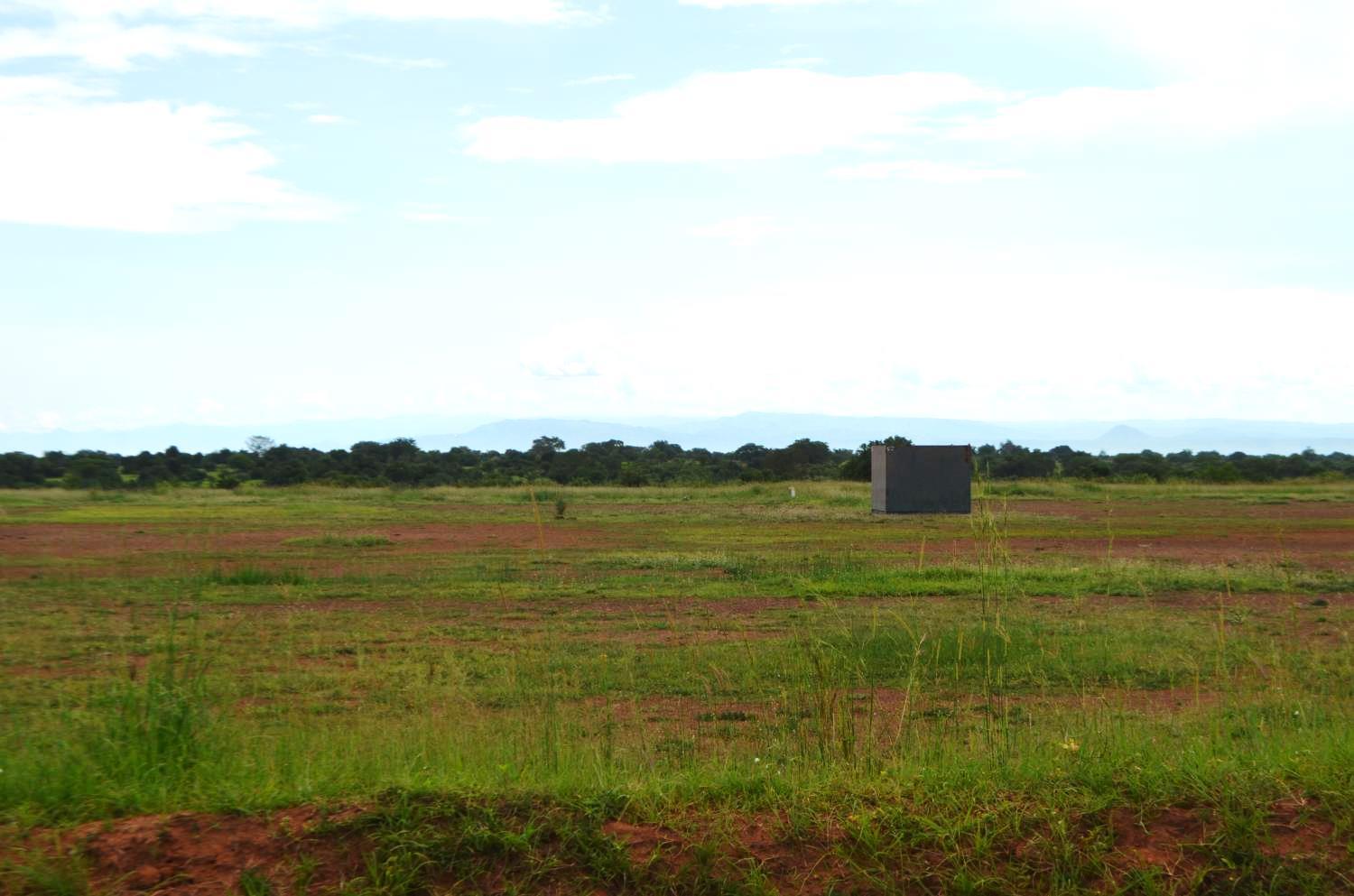
4 minute read
INTRODUCTION
The development of Extractive industries (EI) in resource-rich regions where institutions and law enforcement are weak can be both a curse and a panacea for local communities. As they stand between the benefits and disadvantages of boosting economic activity,1 a large body of evidence from research and practice shows that women tend to be more adversely affected than men by the industrial exploitation of their natural resources, and that the development of EIs tends to fuels gender inequality.2 Men are likely to get a greater share of the benefits than women in terms of employment and income. Women on the other hand are more exposed to the negative consequences – social disruptions, environmental degradation – as those often affect their source of income.
Uganda has so far shown to be no exception to those trends as it is undergoing an economic transition in which extractive resources are to play a central role.3 Artisanal mineral extractive industries are on their way to formalisation or growing into semi-industrial exploitations, whereas the discovery of large viable deposits of oil has brought about heavy infrastructural projects. Amidst those developments, legal frameworks which protect the rights of local populations affected by EIs have been partially implemented leading to multiple violations and abuses of the rights of land owners and users as well as workers employed in these industries.4
Advertisement
A lot of attention has been paid already to the impact of EIs on local populations and on women specifically.5 However, much less is known about how women deal with the changes induced by EIs in their everyday lives. In carrying out this research, Avocats Sans Frontières (ASF) aimed to shed light on women’s initiatives to adapt to, prevent or mitigate the impact
1 For Uganda, see Ogwang, Tom, Frank Vanclay and Arjan van den Assem “Impacts of the oil boom on the lives of people living in the Albertine Graben region of Uganda” The Extractive Industries and Society 5 (2018), 98–103; Nicholas Dowhaniuk et al., “The impact of industrial oil development on a protected area landscape: demographic and social change at Murchison Falls Conservation Area, Uganda”, Population and Environment, 39 (2018), 197-218. 2 See e.g. Eftimie, Adriana, Katherine Heller, John Strongman, Gender Dimensions of the Extractive Industries: Mining for Equity, The World Bank, Extractive Industries and Development Series #8 (Washington, D.C: August 2009); UN Women, Eastern and Southern Africa Regional Office, Gender Equality in the Extractive Industries in Africa, Policy Brief (Nairobi: 2014); UN Women, Eastern and Southern Africa Regional Office, Promoting Women’s Participation in the Extractive Industries Sector: Examples of Emerging Good Practices, (Nairobi: September 2016); Macdonald, Catherine, “The role of gender in the extractives industries”, United Nations Institute, WIDER Working Paper n. 52 (2017), Hill, Christina, Chris Madden and Maria Ezpeleta, Gender and the Extractive Industries: Putting Gender on the Corporate Agenda, Oxfam (2016); Oxfam International, Position Paper on Gender Justice and the Extractive Industries (March 2017) 3 Cf. plans made for the development of the country by 2040, in which ‘oil and gas” and “minerals” are identified as key economic opportunities. Government of Uganda, Uganda Vision 2040, Uganda Printing and Publishing Company Ltd. (2010). 4 Avocats Sans Frontières (ASF), Human Rights Implications of Extractive Industry Activities in Uganda: A Study of the Mineral Sector in Karamoja and the Oil Refinery in Bunyoro, (Brussels and Kampala: 2014). 5 See e.g. ASF, Human Right Implications; Global Rights Alert, Assessing Gender Sensitivity in Uganda’s Extractives (Kampala: June 2017); Human Rights Watch (HRW), “How Can We Survive Here?”: The Impact of Mining on Human Rights in Karamoja, Uganda (USA: 2014); Ngabiirwe, Winfred, Robert B Tumwesigye and Hassan B. Muloopa, M.Sc, Human Rights Status in the Gold Supply Chain of Uganda: A Case for Artisanal Small-Scale Mining in Karamoja Region, Global Rights Alert (December 2012); International Alert, Governance and livelihoods in Uganda’s oil-rich Albertine Graben (London: March 2013); National Association of Professional Environmentalists (NAPE) et al., Land and Food Sovereignty in Uganda’s Oil Region, (Kampala: 2015/2016); NAPE, Womankind Worldwide and National Association for Women’s Action in Development (NAWAD) , Digging Deep: The impact of Uganda’s land rush on women’s rights (London: 2018); Saferworld, Mining in Uganda: A conflict sensitive analysis (London and Kampala: August 2017).; Ogwang, Tom, Frank Vanclay and Arjan van Den Assem, “Impacts of the oil boom on the lives of people living in the Albertine Graben region of Uganda”, The Extractive Industries and Society 5, n.1 (2018): 98.
of EIs on their way of living. We wanted to give voice to the women engaged in or affected by those industries. Taking an interest in their individual and collective initiatives, our purpose was to put forward elements for civil society, government and private actors to support women in developing strategies to better take advantage of economic development in their area.
What most strikingly stood out from our research is that the arrival of EIs in an already fragile environment creates avenues for women to take initiatives to answer immediate needs of an economic nature, while limiting their ability to react when facing other types of injustice, such as violations in their rights to access land or gender based violence (GBV). On such issues, action is hindered by the fact that women have to call upon external supporting structures, many of which have been weakened by the growing presence of EIs or do not have the power to deal with issues involving companies.
An oil well close to Kasinyi, Buliisa Sub-County. Disputes are still ongoing between residents, companies and the government around compensations issues.






